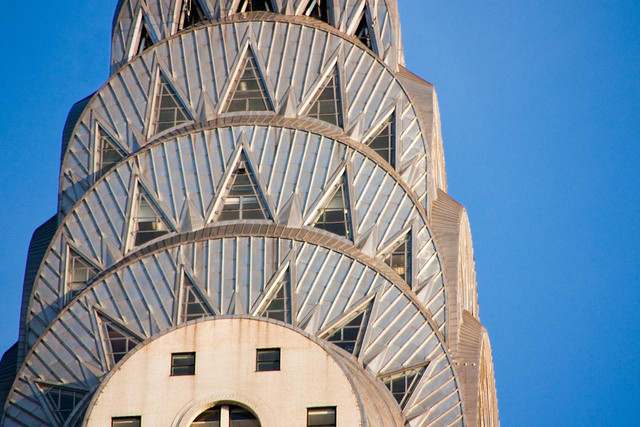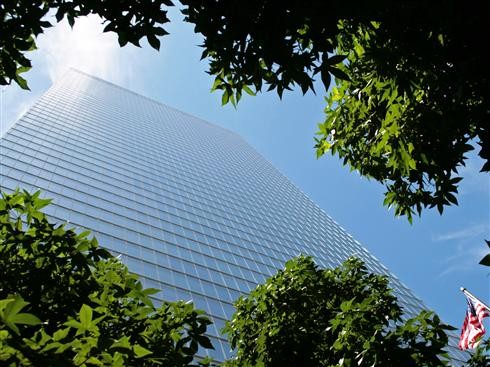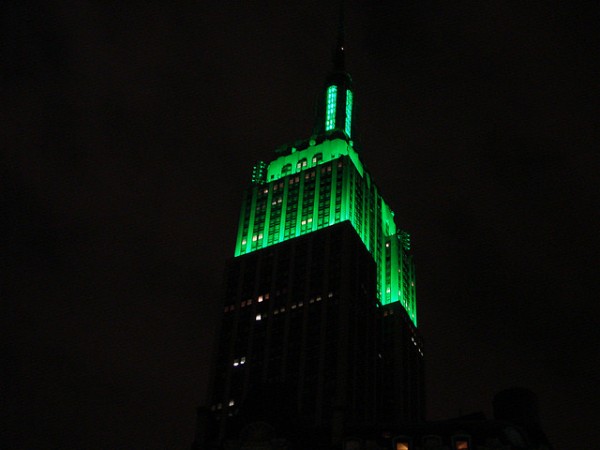As we prepare to turn the calendar over to another year, another salvo has been fired in the debate over the utility of the U.S. Green Building Council’s (USGBC) LEED rating system and its ability to gauge the energy savings features of a certified building. A recent article in The New York Times reported that some older buildings, such as the iconic Chrysler and Empire State buildings, are performing better after recent retrofits than much newer LEED Gold-certified towers that were built from scratch.
In addition, the December 2012 issue of The Green Economy magazine analyzed whether retrofits to existing buildings and additions of features such as green roofs can have a greater environmental impact than building a new structure that meets the high-level LEED standards.

In the Times article, Mireya Navarro writes that 7 World Trade Center, the gleaming 52-story tower that rose from the ashes of Manhattan’s Ground Zero, was completed in 2006 with a LEED Gold rating from USGBC. However, a recent energy survey of more than 2,500 commercial buildings in New York City, mandated by a 2009 city law, revealed that the U.S. EPA’s Energy Star rating for the building was 74 points, one point shy of the minimum 75 required to be considered a “high-efficiency” building.

Meanwhile, other green retrofits made to buildings more than seven decades older scored higher than 7 WTC. The 1930 Chrysler Building, which attained a LEED Gold rating for Existing Buildings: Operations and Maintenance (EBOM) in October, got an Energy Star rating of 84, while the 1931 Empire State Building, which was rated LEED-EB Gold in 2011, earned a solid 80 points.

“New, certified green buildings may offer sex appeal and flashy style, but older buildings offer unexpected benefits to cost conscious businesses and homeowners,” said Maryruth Priebe, senior editor at The Green Economy in a press release. “One of the lessons the green building industry is learning is that old buildings often outperform new ones —even those built to high green building standards.”
As quoted in The Green Economy, Francoise Bollack, president of the Historic Districts Council in New York, said that, “The most energy-efficient buildings are older buildings. It’s basically validating what we have been saying for many years: Older buildings tend to be more efficient because they have more mass so by their very nature they are more insulated.”
The Times article also points out that being old and retrofitted is not always enough to be truly green. The Energy Star study also gave the 1963 MetLife Building a dismal 39 points and Mies van der Rohe’s minimalist 1958 Seagram Building a shocking 3 points.
Part of the reason buildings like these—and many new LEED-certified towers such as 7 WTC—can earn low energy marks can be explained by designers’ continued fondness for glass-curtain walls, which are notoriously poor insulators. Some solutions, the article said, include the retrofitting of double-paned windows or the addition of insulating film on the window glass.
The median Energy Star score for commercial buildings covered in the study was 68, city officials said. Beginning next year, both commercial and residential New York buildings will be required to undergo energy audits and inspections of their heating, cooling and other systems, the article added.